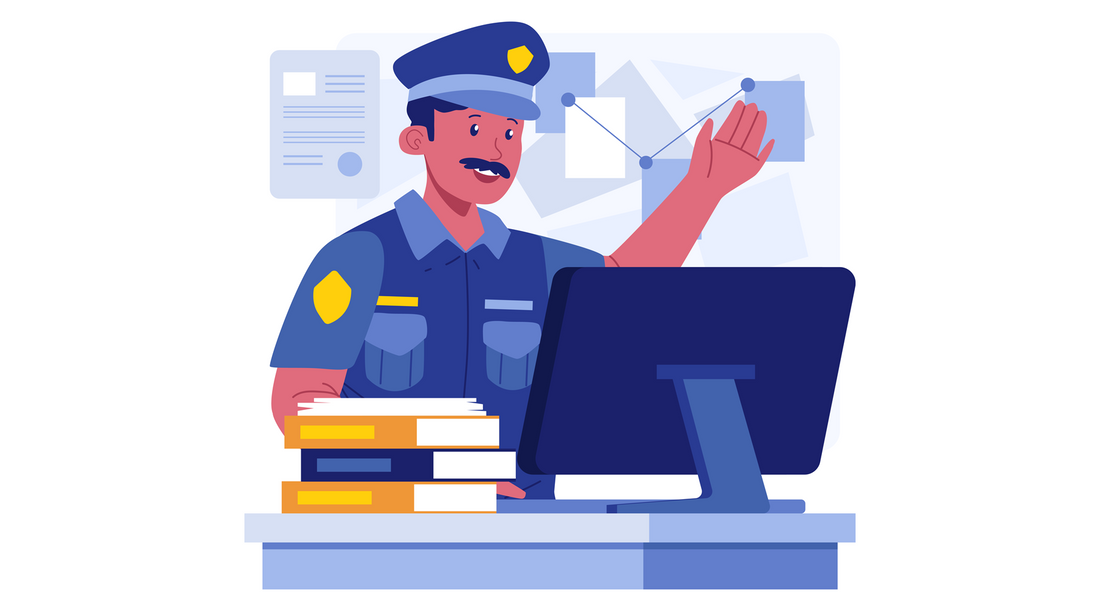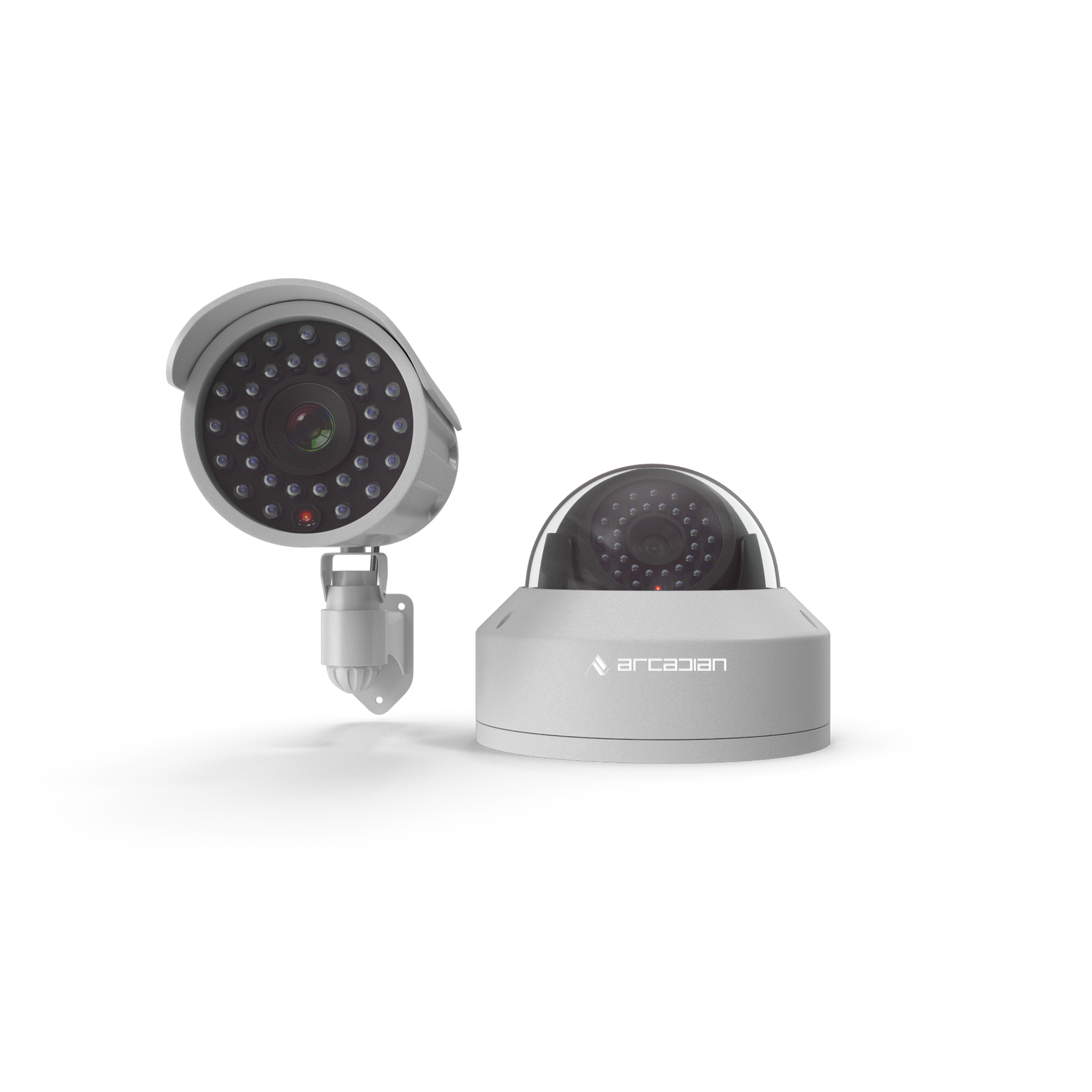The Role of 911 Dispatch Centers in Coordinating Emergency Responses with Remote Monitoring
In emergencies, every second counts. 911 dispatch centers are at the heart of emergency response coordination, responsible for receiving distress calls, assessing the situation, and deploying the appropriate emergency services. With the advent of advanced technologies such as remote monitoring and video surveillance, dispatch centers are now equipped to handle...

In emergencies, every second counts. 911 dispatch centers are at the heart of emergency response coordination, responsible for receiving distress calls, assessing the situation, and deploying the appropriate emergency services. With the advent of advanced technologies such as remote monitoring and video surveillance, dispatch centers are now equipped to handle emergencies more effectively than ever before. This blog post delves into the crucial role 911 dispatch centers play in coordinating emergency responses with the aid of remote monitoring technologies, highlighting the benefits, challenges, and future trends in this vital area.
1. Understanding the Function of 911 Dispatch Centers
911 dispatch centers serve as the first point of contact during emergencies. The dispatchers working in these centers are trained professionals who handle a range of urgent situations, from medical emergencies and fires to crimes in progress. Their primary responsibilities include:
- Receiving Emergency Calls: Dispatchers must quickly gather essential information from the caller, such as location, nature of the emergency, and any immediate dangers.
- Assessing Situations: Based on the information provided, dispatchers assess the severity of the situation and determine the type and level of emergency response required.
- Coordinating Emergency Services: Dispatchers then deploy the appropriate emergency services, such as police, fire, or EMS, to the scene while providing real-time updates and instructions.
2. The Integration of Remote Monitoring in Emergency Response
Remote monitoring technology has transformed the landscape of emergency response by providing real-time video feeds and data directly to 911 dispatch centers. This integration offers several key advantages:
- Enhanced Situational Awareness: With remote monitoring, dispatchers can access live video feeds from surveillance cameras located near the emergency site. This allows them to gain a better understanding of the situation, assess risks, and make informed decisions about the required response.
- Faster and More Accurate Response: By viewing live footage, dispatchers can provide more precise instructions to emergency responders, ensuring they are adequately prepared for what they might face upon arrival. This leads to quicker and more efficient emergency response times.
- Improved Communication: Remote monitoring facilitates better communication between dispatchers and first responders. Dispatch centers can relay visual information, such as the layout of a building or the presence of hazards, directly to responders en route to the scene.
- Data-Driven Decision Making: Access to video feeds and other data enables dispatchers to make decisions based on real-time information rather than relying solely on the caller’s description, which may be incomplete or inaccurate due to stress or panic.
3. Key Applications of Remote Monitoring in 911 Dispatch Centers
- Surveillance of High-Risk Areas: Dispatch centers can monitor high-risk areas such as busy intersections, school zones, and crime-prone neighborhoods. This proactive approach helps identify potential threats or incidents before they escalate.
- Remote Monitoring of Critical Infrastructure: Vital infrastructures, such as hospitals, power plants, and transportation hubs, are often equipped with surveillance systems. Dispatch centers can monitor these locations for any signs of security breaches or emergencies.
- Live Monitoring During Public Events: During large public gatherings or events, dispatch centers can use remote monitoring to oversee crowd movements, identify suspicious activities, and respond swiftly to any emergencies.
- Integration with Smart City Initiatives: In smart cities, surveillance cameras, and other IoT devices provide dispatch centers with a comprehensive view of the urban landscape, enabling more efficient management of emergencies and routine incidents.
4. Benefits of Coordinating Emergency Responses with Remote Monitoring
- Improved Response Coordination: Remote monitoring enables a coordinated response by providing all emergency responders with real-time updates and visuals of the situation, minimizing confusion and enhancing teamwork.
- Reduced Emergency Response Times: By having a clear view of the emergency site and its surroundings, dispatchers can direct responders more efficiently, reducing the time it takes to reach the scene and begin intervention.
- Increased Safety for Responders: Real-time information allows dispatchers to warn responders about potential dangers before they arrive on-site, such as armed suspects or hazardous materials, increasing their safety.
- Enhanced Public Safety: The ability to monitor situations as they unfold helps prevent minor incidents from escalating into major emergencies, enhancing overall public safety and reducing the impact of emergencies on the community.
5. Challenges and Considerations in Using Remote Monitoring for Emergency Response
Despite its advantages, integrating remote monitoring into 911 dispatch centers comes with several challenges:
- Privacy Concerns: The use of video surveillance raises privacy issues. It is crucial to ensure that remote monitoring is used ethically and that citizens' rights to privacy are protected.
- Technological Limitations: The effectiveness of remote monitoring depends on the quality and coverage of surveillance systems. Outdated equipment, technical malfunctions, or poor camera placement can limit its effectiveness.
- Data Security and Cybersecurity Risks: Surveillance systems and the data they generate must be safeguarded against cyber threats. Unauthorized access or data breaches could have severe consequences for public safety.
- Training and Resource Requirements: Implementing and managing remote monitoring systems require specialized training for dispatchers and potentially significant investment in technology and infrastructure.
6. Future Trends in Remote Monitoring for Emergency Response
- Artificial Intelligence and Machine Learning: The future of remote monitoring lies in the use of AI and machine learning algorithms to analyze video feeds and detect potential threats or emergencies automatically, reducing the burden on human operators.
- Integration with Wearable Technology: Wearable cameras and smart devices for first responders could provide dispatch centers with even more real-time data, improving situational awareness and response coordination.
- Expanded Use of Drones: Drones equipped with cameras and sensors can provide aerial views of emergency sites, offering dispatchers a broader perspective and aiding in more effective resource deployment.
- Enhanced Data Sharing and Collaboration: Future systems will likely feature improved data-sharing capabilities, allowing dispatch centers to collaborate more effectively with multiple agencies and jurisdictions during large-scale emergencies.
Conclusion
The integration of remote monitoring into 911 dispatch centers represents a significant advancement in emergency response capabilities. By providing real-time video feeds and data, remote monitoring enhances situational awareness, improves response times, and ensures the safety of both responders and the public. While challenges such as privacy concerns and technological limitations exist, the benefits of this technology are clear. As advancements continue, the role of remote monitoring in emergency response will only grow, making our communities safer and more secure.
SEO Keyword List:
- 911 dispatch centers
- Emergency response coordination
- Remote monitoring
- Video surveillance
- Real-time monitoring
- Situational awareness
- Public safety
- Emergency response times
- Data-driven decision making
- High-risk areas monitoring
- Critical infrastructure surveillance
- Smart city integration
- Privacy concerns
- AI in emergency response
- Machine learning in surveillance
- Cybersecurity in surveillance

Security is like insurance—until you need it, you don’t think about it.
But when something goes wrong? Break-ins, theft, liability claims—suddenly, it’s all you think about.
ArcadianAI upgrades your security to the AI era—no new hardware, no sky-high costs, just smart protection that works.
→ Stop security incidents before they happen
→ Cut security costs without cutting corners
→ Run your business without the worry
Because the best security isn’t reactive—it’s proactive.







